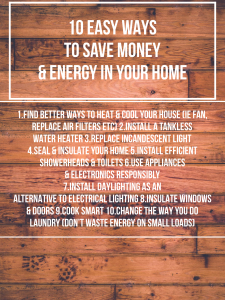MOLD! Part Deux
Contain your excitement! This is the second part of our MOLD series so get a comfy seat, a cup of coffee and take some notes.
How do I get rid of mold?
It is impossible to get rid of all mold and mold spores indoors. Some mold spores will be found floating through the air and in house dust. Mold spores will not grow if moisture is not present. Indoor mold growth can and should be prevented or controlled by controlling moisture indoors. If there is mold growth in your home, you must clean up the mold and fix the water problem. If you clean up the mold but don’t fix the water problem, then, most likely, the mold problem will recur.
Who should do the cleanup?
This depends on a number of factors. One consideration is the size of the mold problem. If the moldy area is less than about 10 square feet (less than roughly a 3-foot by 3-foot patch), in most cases, you can handle the job yourself, following the guidelines below.
• If there has been a lot of water damage, and/or mold growth covers more than 10 square feet, consult with an InterNACHI inspector.
• If you choose to hire a contractor (or other professional service provider) to do the cleanup, make sure the contractor has experience cleaning up mold. Check references and ask the contractor to follow the recommendations of the EPA, the guidelines of the American Conference of Governmental Industrial Hygenists (ACGIH), or other guidelines from professional or government organizations.
• Do not run the HVAC system if you know or suspect that it is contaminated with mold. This could spread mold throughout the building.
• If the water and/or mold damage was caused by sewage or other contaminated water, then call in a professional who has experience cleaning and fixing buildings damaged by contaminated water.
• If you have health concerns, consult a health professional before starting cleanup.
Tips and Techniques
The tips and techniques presented in this section will help you clean up your mold problem. Professional cleaners or remediators may use methods not covered here. Please note that mold may cause staining and cosmetic damage. It may not be possible to clean an item so that its original appearance is restored.
• Fix plumbing leaks and other water problems as soon as possible. Dry all items completely.
• Scrub mold off hard surfaces with detergent and water, and dry completely.
• Absorbent or porous materials, such as ceiling tiles and carpet, may have to be thrown away if they become moldy. Mold can grow on or fill in the empty spaces and crevices of porous materials, so the mold may be difficult or impossible to remove completely.
• Avoid exposing yourself or others to mold.
• Do not paint or caulk moldy surfaces.
• Clean up the mold and dry the surfaces before painting. Paint applied over moldy surfaces is likely to peel. If you are unsure about how to clean an item, or if the item is expensive or of sentimental value, you may wish to consult a specialist. Specialists in furniture repair and restoration, painting and art restoration and conservation, carpet and rug cleaning, water damage, and fire or water restoration are commonly listed in phone books. Be sure to ask for and check references. Look for specialists who are affiliated with professional organizations.
What to Wear When Cleaning Moldy Areas:
• Avoid breathing in mold or mold spores. In order to limit your exposure to airborne mold, you may want to wear an N-95 respirator, available at many hardware stores and online (they cost about $12 to $25). Some N-95 respirators resemble a paper dust mask with a nozzle on the front, and others are made primarily of plastic or rubber and have removable cartridges that trap and prevent most of the mold spores from entering. In order to be effective, the respirator or mask must fit properly, so carefully follow the instructions supplied with the respirator. Please note that the Occupational Safety and Health Administration (OSHA) requires that respirators fit properly (via fit testing) when used in an occupational setting.
• Wear gloves. Long gloves that extend to the middle of the forearm are recommended. When working with water and a mild detergent, ordinary household rubber gloves may be used. If you are using a disinfectant, a biocide such as chlorine bleach, or a strong cleaning solution, you should select gloves made from natural rubber, neoprene, nitrile, polyurethane or PVC. Avoid touching mold or moldy items with your bare hands.
• Wear goggles. Goggles that do not have ventilation holes are recommended. Avoid getting mold or mold spores in your eyes.
How do I know when the remediation or cleanup is finished?
You must have completely fixed the water or moisture problem before the cleanup or remediation can be considered finished, based on the following guidelines:
• You should have completed the mold removal. Visible mold and moldy odors should not be present. Please note that mold may cause staining and cosmetic damage.
• You should have revisited the site(s) shortly after cleanup, and it should show no signs of water damage or mold growth.
• People should have been able to occupy or re-occupy the area without health complaints or physical symptoms.
• Ultimately, this is a judgment call; there is no easy answer. If you have concerns or questions, be sure to ask your InterNACHI inspector during your next scheduled inspection.
Moisture and Mold Prevention and Control Tips
• Moisture control is the key to mold control, so when water leaks or spills occur indoors, ACT QUICKLY. If wet or damp materials or areas are dried within 24 to 48 hours after a leak or spill happens, in most cases, mold will not grow.
• Clean and repair roof gutters regularly.
• Make sure the ground slopes away from the building’s foundation so that water does not enter or collect around the foundation.
• Keep air-conditioning drip pans clean and the drain lines unobstructed and flowing properly.
• Keep indoor humidity low. If possible, keep indoor humidity below 60% relative humidity (ideally, between 30% to 50%). Relative humidity can be measured with a moisture or humidity meter, which is a small, inexpensive instrument (from $10 to $50) that is available at many hardware stores.
• If you see condensation or moisture collecting on windows, walls or pipes, ACT QUICKLY to dry the wet surface and reduce the moisture/water source. Condensation can be a sign of high humidity.
Actions that will help to reduce humidity:
• Vent appliances that produce moisture, such as clothes dryers, stoves, and kerosene heaters, to the outdoors, where possible. (Combustion appliances, such as stoves and kerosene heaters, produce water vapor and will increase the humidity unless vented to the outside.)
• Use air conditioners and/or de-humidifiers when needed.
• Run the bathroom fan or open the window when showering. Use exhaust fans or open windows whenever cooking, running the dishwasher or dishwashing, etc.
Actions that will help prevent condensation:
• Reduce the humidity (see above).
• Increase ventilation and air movement by opening doors and/or windows, when practical. Use fans as needed.
• Cover cold surfaces, such as cold water pipes, with insulation.
• Increase air temperature.
You did it! Lots of great pertinent info in here. Part 3, the final chapter is coming soon!
*MOLD blog courtesy of www.internachi.com*



